I am a cycle tourist. What can the power meter do for me?
When we hear about power meters, we immediately think of a stage of the Tour de France with riders trying to push themselves to the limit.
 The power meter in cycle tourism
The power meter in cycle tourism
Let's move away from the image of that cyclist who participates in races with a pure racing approach to focus on the most common profile we can find on the roads. Those cyclists who do not follow a programmed training, they just ride their bikes as much as their obligations allow them and do not set goals beyond finishing a certain ride, a vacation touring the ports that appear on TV or getting to the beers first after the route with their club on Sundays.
On the other hand, the use of power meters, until a few years ago reserved for those who trained and competed due to the significant outlay that their acquisition entailed, has been democratized thanks to the availability on the market of increasingly affordable models and their inclusion as a standard component in some high-end bikes.
What do watts contribute?
The figure we observe on the cycle computer screen is nothing more than a direct measurement of the effort that our legs are making to move the bike at that moment. A measure that is not affected by external values as happens with the heart rate which is still the data used by most cyclists of the profile we pointed out at the beginning.
RECOMENDADO

Black Friday 2025 cycling bargains: save on Garmin, POC, Maxxis and more

Black Friday Garmin 2025: the ultimate guide to choosing your GPS at the best price
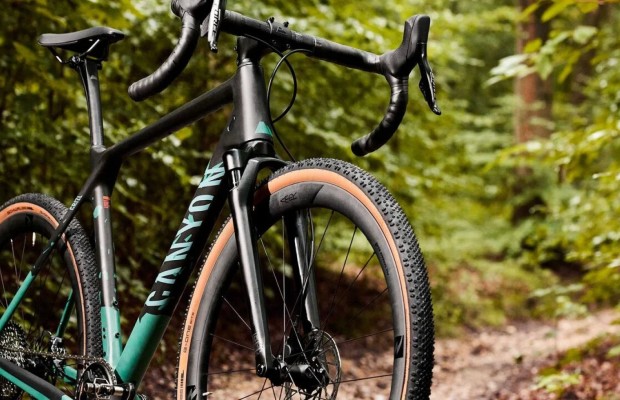
Do you need suspension on your gravel bike?
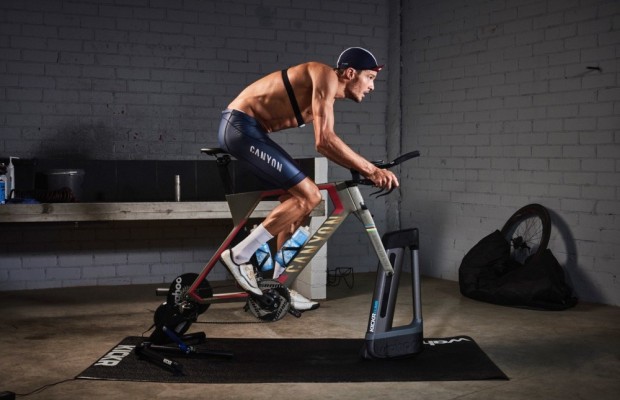
A real workout saver of only 56 min on the turbo trainer

Which profile wheels to choose according to the area where you live: mountain, flat or coast
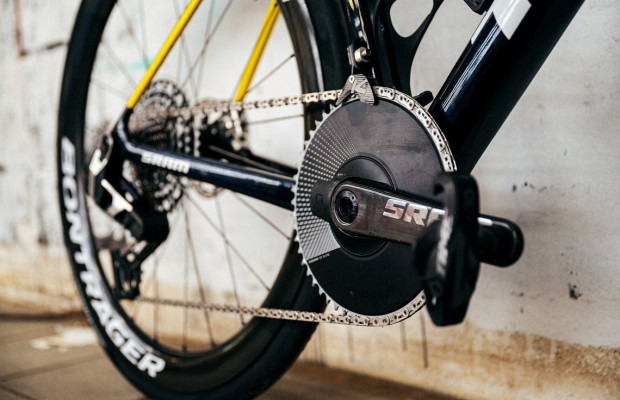
Will the single chainring prevail on the road? This is the state of technology today
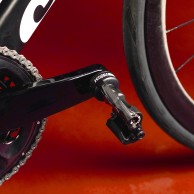
The heart rate varies with training adaptation, ambient temperature, cyclist hydration or accumulated fatigue. In addition, with power measurement we obtain an instantaneous measure of effort unlike heart rate which takes some time to respond to changes in intensity.
For the cycle tourist, what really interests us is that 200 watts are always 200 watts, whether it's cold or hot, whether we are at the beginning or at the end of a route.
Measuring efforts
So we arrive at that very hard ride dotted with ports that your group mates have tricked you into. The start is given and it launches as if the test ended around the corner. As you are fresh, you let yourself be carried away by the whirlwind and climb the first port of the day as if it were a couple of hours outing during the week. In the next one you start to feel more tired and try to find a group to take you but, little by little, you realize that the batteries are running out and, when the last port of the day arrives, you have the softest gear you have on ramps that you would normally climb on a plate and even cramps accompany you in the final part.
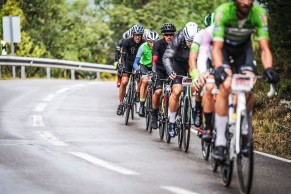
If you identify with this story, the power meter can help you prevent this situation from repeating itself by acting as a little guardian angel whispering in your ear the pace we should keep.
Obviously, to use the meter correctly, first we must have a reference of what power figures we are capable of moving and for how long. To do this, it is usual to perform a 20-minute test to establish the work zones although, as we do not follow a precise plan, the day-to-day experience will be enough, focusing on the averages we get in our usual routes or the data we get in our usual climbs or, simply, simulating a route similar to the test we are going to do.
With this information in mind, the second step is to pay attention to the numbers that appear on the screen. At the beginning of the ride we described before everyone's forces are intact and when we start to climb or are in a group it is likely that the cycle computer will mark higher figures than our tests tell us we have to carry.
As much as it costs us to let a group go, we must be aware that this is not our pace and pay attention to the meter data. If we are disciplined and pay attention to the numbers, surely the end of the test will be very different when you start to catch cyclists who were with you at the beginning, they went far ahead and in the final part they can barely keep up the pace.
Getting to know yourself better
Apart from the good management of the pace throughout the outings that the watts allow us, the use of the meter is generating a constant feedback with which we interpret the sensations more effectively that we have on the bike. Without getting carried away by the euphoria of those days when you feel like you're without a chain but that, once you see the numbers, do not reflect a performance superior to the usual, or on the contrary, when the sensations are of suffering and dragging but in reality if the figures come out where they should. In this way we are able to be more objective and not fall into discouragement when we are suffering to the limit on a port. This self-knowledge will also be useful when we ride a bike without a power meter and we can rely more faithfully on sensations to estimate that we are going at the right pace.
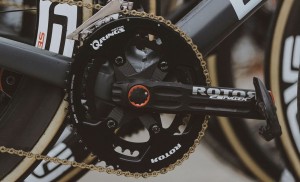 The power meter in cycle tourism
The power meter in cycle tourism